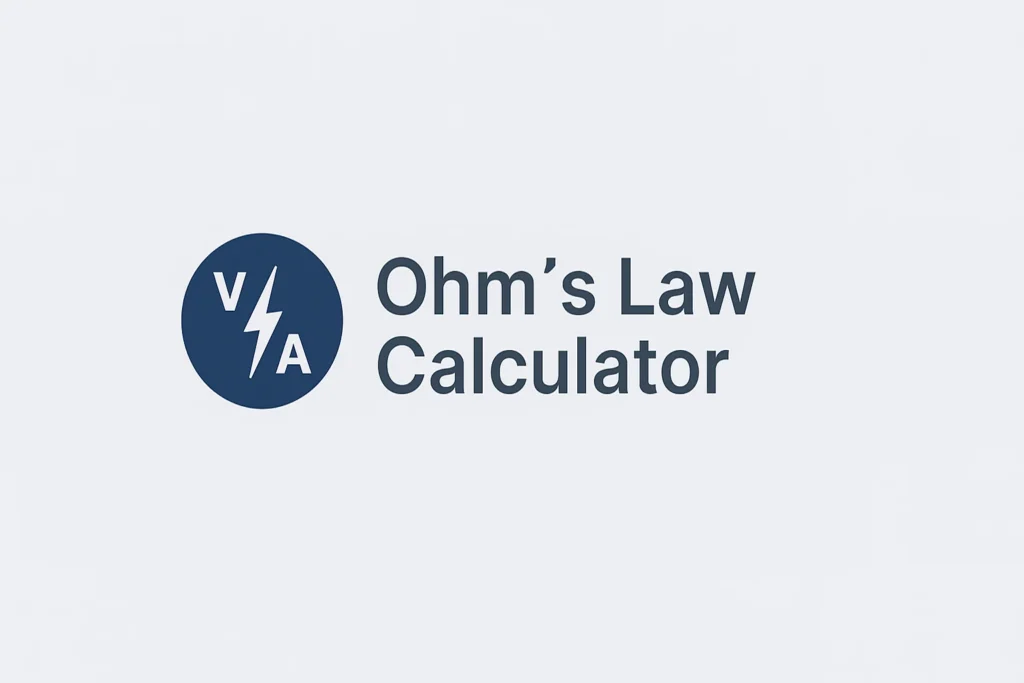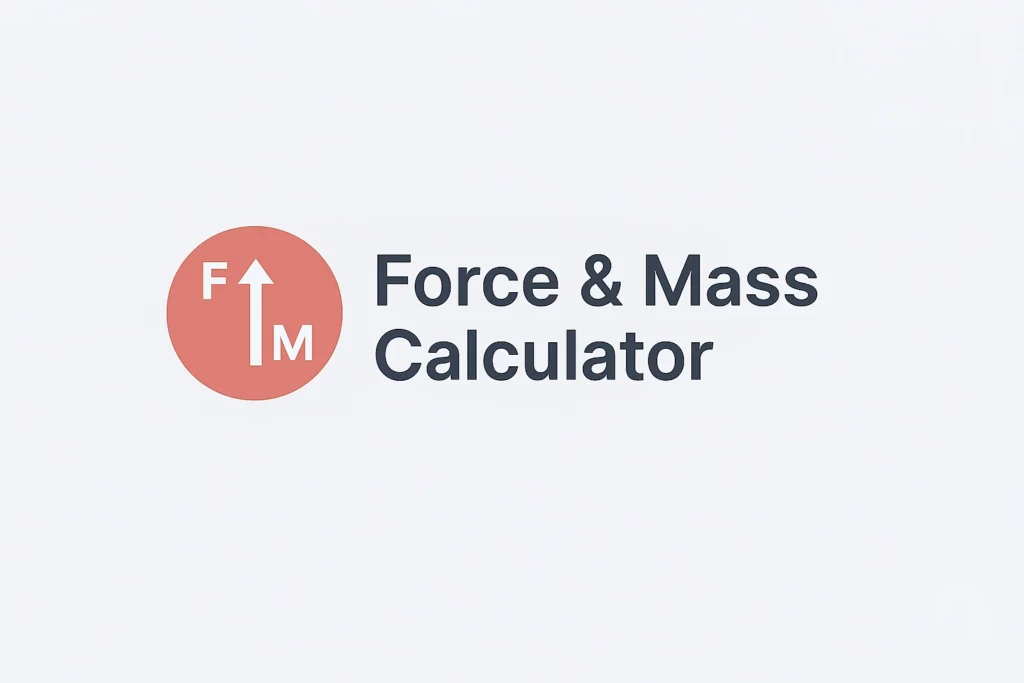RLC Circuit Impedance Calculator
Calculate the total opposition to alternating current flow in a series Resistor-Inductor-Capacitor circuit.
Impedance Formula ($Z$)
Where $\omega = 2 \pi f$ (angular frequency).
Input Parameters
Calculation Result
Calculated Impedance ($Z$):
— $\Omega$
Understanding RLC Circuits and Impedance
What is an RLC Circuit?
An RLC circuit is a foundational electrical circuit consisting of three passive components: a Resistor ($R$), an Inductor ($L$), and a Capacitor ($C$). These circuits are capable of producing electrical oscillations. When connected in series or parallel, they exhibit complex behavior, especially when driven by an Alternating Current (AC) source.
Why Does Impedance ($Z$) Matter?
In DC (Direct Current) circuits, the opposition to current flow is simply resistance ($R$). In AC circuits, however, the inductor and capacitor introduce frequency-dependent opposition called reactance ($X$).
The total opposition to AC current flow is the impedance ($Z$). It is the vector sum of resistance and net reactance. The formula calculates this total opposition:
- Inductive Reactance: $X_L = \omega L$ (Increases with frequency $f$)
- Capacitive Reactance: $X_C = \frac{1}{\omega C}$ (Decreases with frequency $f$)
- Net Reactance: $X_{net} = X_L – X_C = \omega L – \frac{1}{\omega C}$
Impedance is crucial for determining current flow ($I = V/Z$) and power transfer in AC systems.
Practical Applications
RLC circuits are ubiquitous in electrical engineering:
- Resonance: When the inductive reactance equals the capacitive reactance ($X_L = X_C$), the net reactance is zero. The circuit impedance ($Z$) is at its minimum, equal only to $R$. This phenomenon is called resonance and is used to selectively amplify signals at a specific frequency.
- Filters: RLC circuits can act as frequency-selective filters (low-pass, high-pass, band-pass, and band-stop) used in audio equipment, communication systems, and signal processing to block or pass specific frequency ranges.
- Tuning Circuits: They are the core components in radio and television tuners, allowing the selection of a specific broadcast frequency.
How to Use This Tool
- Enter Resistance ($R$): Input the resistance value in Ohms ($\Omega$).
- Enter Inductance ($L$): Input the inductance value in Henrys (H).
- Enter Capacitance ($C$): Input the capacitance value in Farads (F).
- Enter Frequency ($f$): Input the signal frequency in Hertz (Hz).
- Click Calculate: Press the “Calculate Impedance” button.
- View Result: The calculated impedance ($Z$) in Ohms ($\Omega$) will appear in the output box.





